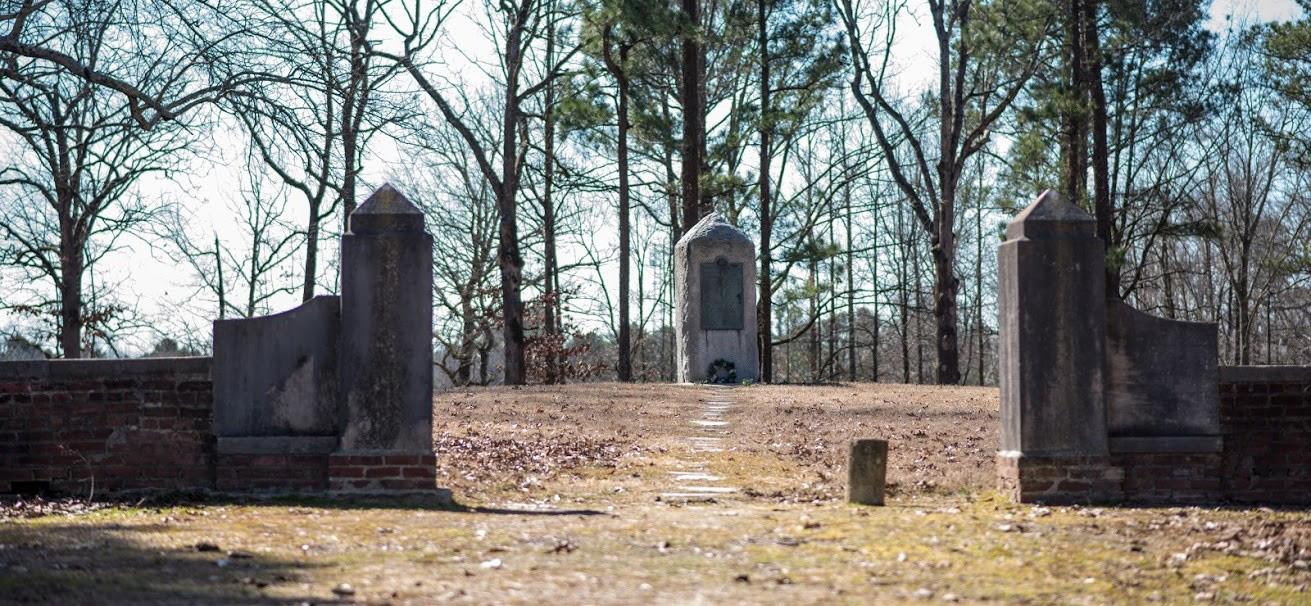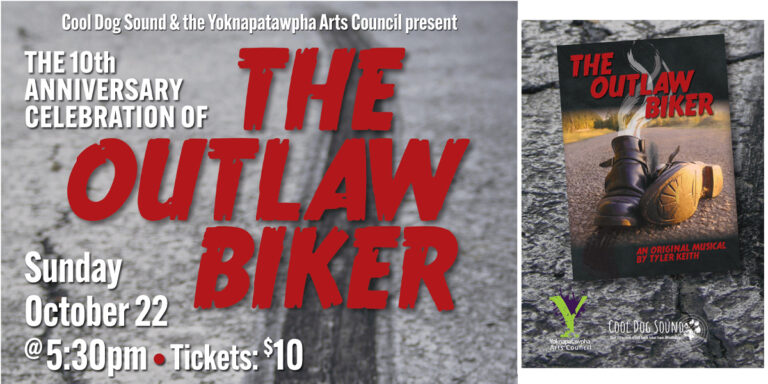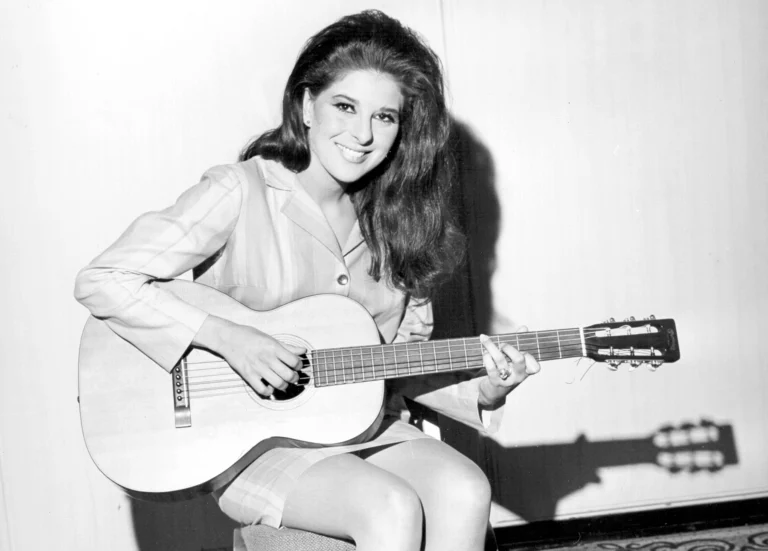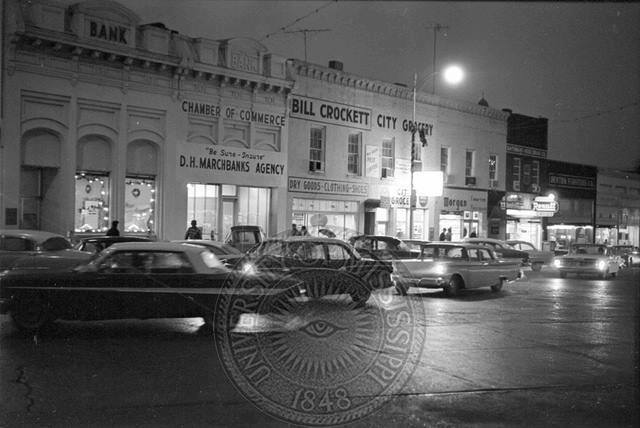
The Confederate Cemetery on Campus: Back to the Past
Steve Vasallo Interviews Starke Miller
The Confederate Cemetery at Ole Miss has quite an interesting past.
With the Union sieges of Forts Henry and Donelson, Mississippi Governor John J. Pettus decided that the State of Mississippi would need a hospital for Mississippi troops. Before a main location could be decided on, the two forts fell. Soon Union troops began to arrive at a small steamboat landing just over the Mississippi state line in Tennessee. It was named Pittsburg Landing, and it was just a mile or so from a small Methodist church called Shiloh. The Mississippi governor’s agent was then given authority to place his main hospital in the 13 empty University of Mississippi buildings. The University’s merits were that it was empty and adjacent to the Mississippi Central Railroad. The University Hospital treated up to 4,000 Confederate patients, most of them from the Battle of Shiloh. The men who died were buried on campus, in what they called “God’s Little Acre.”
There are several different theories about what happened to the headstones. What’s yours?
A story from an 1890s Ole Miss magazine states that “a number of years ago,” a crew was sent out to the campus cemetery to cut the grass and clean up fallen limbs. The overseer did not go with them. About an hour after sending them out, he decided he better go check up on them. When he arrived down there, he got quite a shock. To make cutting the grass easier, they had pulled up all the individual wooden markers, each with a name on it, and stacked them neatly in a corner. He asked them if they knew where the markers belonged, and they said they did not think about that when they pulled them up. Well, the overseer was not too bright either. He did not think to at least record the names off the pulled up markers.
No one seems to know exactly the number of soldiers buried there.
Almost every written account claims that over 700 dead reside in the campus cemetery. Fifteen years ago, ground-penetrating radar was dragged over the entire acre and even outside the present-day brick fence. They came up with 432 grave shafts. They thought there was possibly a trench right in the center with bodies buried shoulder to shoulder.
When did the arc entrance to the cemetery disappear?
In 1927 the United Daughters of the Confederacy erected an arch over the road on what was, until recently, called Confederate Drive (because the road leads to the Confederate Cemetery). The location would have been near Fraternity Row.
You have been given the most difficult assignment: to reestablish the location of the headstones. How will you proceed?
The exact locations of who is buried where are lost forever. What I am doing is putting together a verified list of names of the men who are buried in the campus cemetery. I am working from Confederate service records and five other incomplete lists.
Credit and accolades galore should be extended to the chancellor for fully comprehending the value of historical tourism. A penny for your thoughts?
I have been told for years by everyone connected to tourism in Oxford that the number one subject they get questions about is William Faulkner. The next most common requests concern the University Greys and the University’s and Oxford’s roles in the Civil War. Almost all university alumni I run across have at least some level of interest in the University Greys and the University during the war. Almost all range from mildly interested to fascinated. Genealogists from all over America will benefit from this project. People will find long-lost family members. This is a great project to undertake, and it is the right thing to do.
Once the headstones are finally restored, how will the University deal with the tremendous interest of individuals desiring to visit the cemetery?
I hope an explanatory plaque will be erected, and that the university archives will put up a Web page with information on the campus cemetery.
Why was the site selected to house the cemetery?
It sits on a hilltop for good drainage and was on a secluded part of the university property.
Rumors persisted for more than a hundred years that the bodies were placed in one mass cavity within the cemetery. Is there any truth to this?
There may be a trench grave in the center of the cemetery., which would be men placed shoulder to shoulder. We do have a woman’s testimony that after wood for coffins ran out and the men started dying so quickly, they finally had to dig a trench and “throw them in” together instead of having individual burials.
Approximately how names are currently verified now that you are partially aware of who is buried in the cemetery?
Right now I have about 340. I still have a lot of work to complete by the end of November.
Were there ever Union soldiers buried in the cemetery?
Grant was in Oxford in December of 1862 with 50,000 men. There were skirmishes all around Oxford during that December, and there were always many sick men in the Union army. About 39 Union soldiers were buried in the southwest corner. I have the names of most of them. They were removed to Corinth National Cemetery in 1866 by the federal government.
When do you think your research project will be concluded?
I have an end-of-November deadline, but I am sure there will be information to be found about the men buried on campus for years to come. I will probably never stop chasing them.
Cemeteries almost always have ghost stories associated with them. Are there any with this one?
The only ghosts I know of are the students who go out there late at night drinking and doing who knows what else. (If any of you readers know—I would rather not. I prefer to have a higher opinion of our university students in case I run into any of their parents. Sergeant Schultz, Sparky Reardon, and I know nothing—nothing!)
In conclusion, what’s the best possible future that the Confederate Cemetery can have to complement our beautiful and historic campus?
Soldiers often fear that no one will ever care about their sacrifices and what they went through. They especially fear that if they die, they will be forgotten. There is one University Grey buried here. There are at least two University of Mississippi alumni buried here. About half the men in the cemetery never fought in a battle—they died from illness, far away from home and friends, in an overcrowded hospital. By my educated guess, probably 30 percent were either draftees or they were forced into the army by the draft. Probably half were battle-wounded at Shiloh or other smaller battles, and they were real heroes. They did their duties to the fullest and lost their lives. I hope that, through my research, as many as possible will be remembered. I hope university alumni and many others will remember them.



